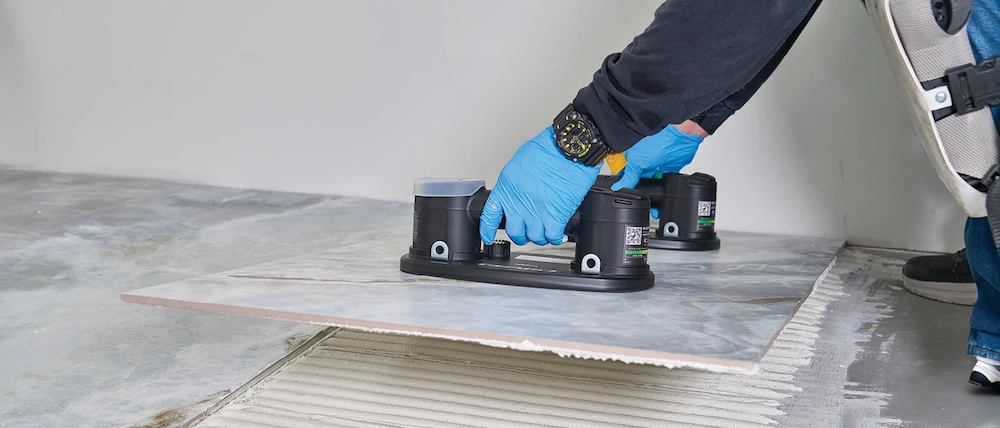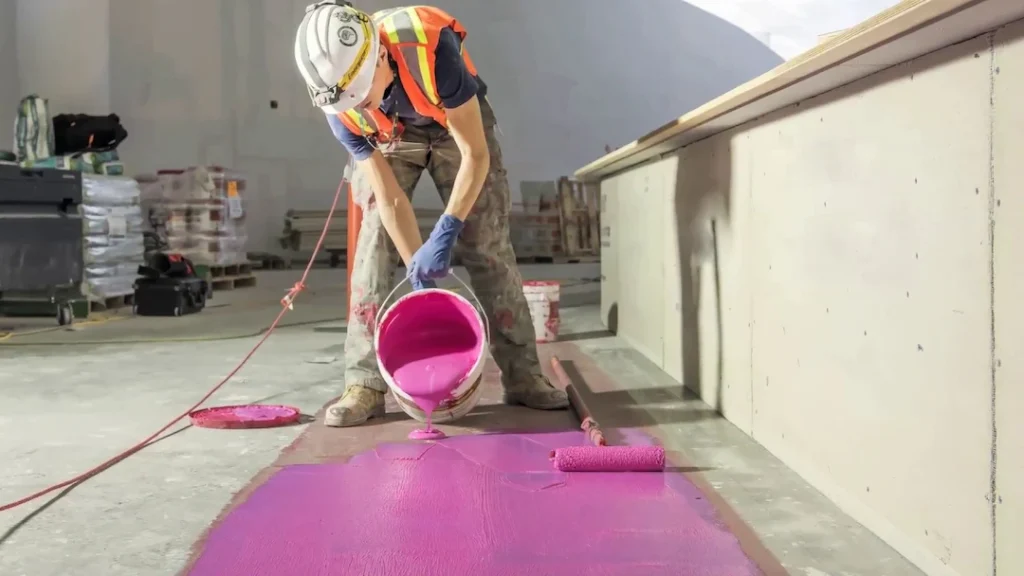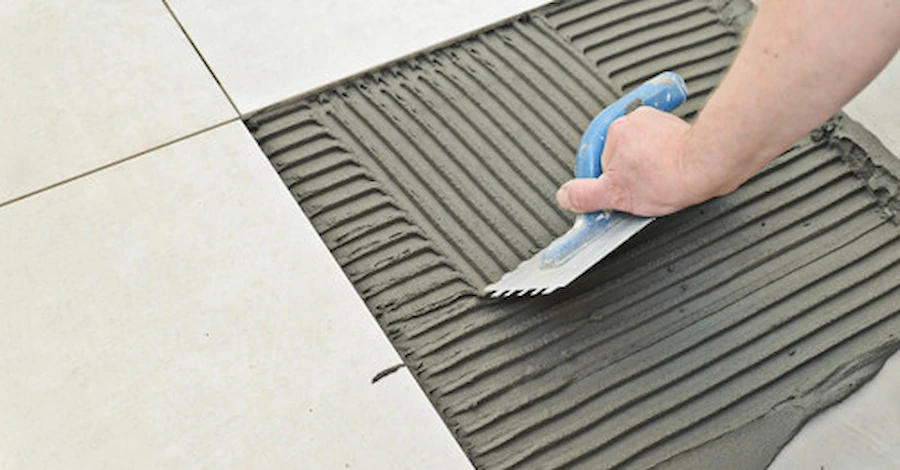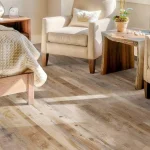Whether you’re planning a simple bathroom upgrade or a full-scale renovation, the materials you use behind the scenes matter just as much as the visible finish. That’s where custom building products come in. From waterproofing membranes to high-performance mortars, these solutions are designed to do more than hold tiles in place — they make sure your installation lasts.
In this guide, we’ll take a closer look at three standout options: RedGard, ProLite, and VersaBond-LFT. Each one plays a unique role in ensuring your tile project stays solid, safe, and good-looking for the long haul.

Content
Understanding Custom Building Products
What Are Custom Building Products?
Custom building products refer to a range of materials designed to support tile and stone installations. We’re talking about things like tile adhesives (mortars), waterproofing solutions, grouts, and other supporting materials that help tiles stay put, resist moisture, and deal with movement or stress in the surface beneath them.
These aren’t your average off-the-shelf materials — they’re engineered with specific jobs in mind, from holding heavy tiles in place to creating waterproof barriers in showers and wet areas.
Key Categories: Mortars, Membranes, Grouts, and More
Within the world of custom building products, you’ll typically come across:
- Mortars: These bond your tiles to floors or walls.
- Waterproofing membranes: These stop water from seeping into surfaces.
- Grouts: These fill the gaps between tiles and add stability.
- Additives and sealers: These fine-tune how products perform, depending on your project needs.
Each product serves a specific purpose and helps ensure your tile work holds up under real-world conditions.
Why Use Specialized Products?
Using the right kind of product isn’t just about getting a good bond — it’s also about making sure your tiles don’t crack, lift, or allow moisture to sneak in later. Specialized options give you better results, save time during installation, and help avoid costly repairs down the road.
RedGard Waterproofing & Crack Prevention Membrane

What Is RedGard?
RedGard is a liquid-applied membrane that dries into a tough, rubbery layer. It’s designed to stop water from getting through tiled surfaces and also helps manage small cracks in the underlying substrate. Once it’s cured, you’ve got a flexible, seamless barrier ready for tile.
When to Use It
RedGard is especially useful in:
- Shower walls and floors
- Bathroom and kitchen backsplashes
- Laundry rooms and wet basements
- Concrete floors that might have hairline cracks
Basically, if moisture is a concern or your surface isn’t perfectly stable, this product can help prevent problems before they start.
How to Apply It
Using RedGard is pretty straightforward:
- Make sure your surface is clean and dry.
- Apply the first coat with a roller or brush, let it dry.
- Apply a second coat going in the opposite direction.
- Wait for it to cure — it turns deep red when it’s ready.
- Start tiling.
It’s important not to rush the dry time — that’s key to getting a watertight seal.
Dry Time and Coverage
RedGard usually dries within a couple of hours per coat, but always follow the product instructions. For full waterproofing performance, both coats need to be completely dry before tile is applied.
Pros and Cons
Pros:
- Easy to apply
- Great for managing moisture
- Helps prevent cracking in tile surfaces
Cons:
- Requires careful application for full coverage
- Not suitable for every substrate without prep
ProLite Premium Large Format Tile Mortar

Why Choose ProLite?
ProLite is designed for large and heavy tiles — the kind that can be tricky to install using standard mortars. It’s lightweight, easy to spread, and holds tiles in place without sagging or slipping, which is a big deal when you’re working with large format materials.
Key Benefits
- Lightweight: Easier to handle and mix.
- Non-sag formula: Keeps tiles from sliding during installation.
- Strong bond: Works across a range of surfaces.
- Flexible: Helps absorb surface movement.
Gray or White? Here’s What Matters
Use gray mortar when you’re working with darker tiles or stone. Choose white for glass, marble, or light-colored tiles so there’s no chance of the mortar showing through or altering the appearance of your tile.
Where It Works Best
ProLite sticks well to:
- Cement backer boards
- Concrete
- Gypsum wallboard in dry areas
- Existing tile (with proper prep)
It’s compatible with porcelain, ceramic, glass, and natural stone.
Tips for Better Results
- Use the right trowel size for your tile.
- Back-butter large tiles to get full contact.
- Don’t rush — allow enough time for the mortar to cure before grouting.
VersaBond-LFT Professional Mortar
What Sets It Apart
VersaBond-LFT is specifically made for large format tiles used on floors. The “LFT” stands for “Large Format Tile,” and this mortar is designed to handle the extra weight and surface area without shrinking or settling unevenly.
Best Use Cases
It’s ideal for:
- Large tile floors (15″ or more on one side)
- Interior and exterior spaces
- Cement backer boards and concrete slabs
If you’re tiling a high-traffic area or need something that handles load-bearing surfaces, this is a solid choice.
How to Use It Right
- Mix it thoroughly and let it sit (slake) before remixing.
- Use a notched trowel to spread it.
- Make sure you’re getting good coverage under the tile (95% is ideal).
Performance in Real-World Conditions
It offers strong, even coverage, and works well even when your surface has slight dips or irregularities. It gives you confidence that your tile will stay where you put it — without lippage or hollow spots.
Product Comparison
Which One Does What?
- RedGard: Waterproofing and crack isolation.
- ProLite: For heavy or large tiles on walls or floors.
- VersaBond-LFT: Best for large tiles on floors.
Each product fills a different role in the tile installation process. Choosing the right one depends on where you’re tiling and what kind of tile you’re using.
Choosing Based on Your Project
- Tiling a shower? Use RedGard first, then ProLite (white for light tiles).
- Installing big tiles on a bathroom floor? VersaBond-LFT is your go-to.
- Working with concrete or older subfloors? RedGard can help protect against cracks.
Matching the product to the task is key to a long-lasting result.
Common Mistakes to Avoid
Skipping Waterproofing
It’s tempting to cut corners, but skipping RedGard in a wet area can lead to leaks and expensive repairs down the road.
Using the Wrong Mortar
Not all mortars are equal. Standard options may not support the weight of large tiles, leading to uneven finishes or failures.
Ignoring Prep Work
No product will perform well if the surface underneath is dirty, unstable, or improperly prepared. Clean, level, and prime if necessary.
Pro Tips for Working with Custom Building Products
Get the Bond Right
Follow mixing directions carefully. Using too much or too little water can affect the bond. Also, don’t forget to trowel correctly — the right angle and motion matter.
Use the Right Tools
- Margin trowels for tight areas
- Notched trowels for spreading mortar evenly
- Clean buckets and mixers to avoid contamination
Store Materials Properly
Keep bags dry and sealed. Use within the shelf life printed on the packaging. For liquid products like RedGard, make sure containers are tightly closed and stored in a stable environment.
Main Key Takeaways
- Custom building products are engineered to give your tile installations professional-level durability and finish.
- RedGard protects against moisture and cracking. ProLite holds large tiles in place. VersaBond-LFT supports heavy floor tiles.
- Using the right product for the right job makes your project stronger, easier to install, and far more likely to stand the test of time.
FAQs
Can I use RedGard on both walls and floors?
Yes, it’s suitable for both — especially in wet or high-moisture areas.
Is ProLite okay for glass or light stone?
Absolutely. Just use the white version to avoid visible shadows or bleed-through.
How long should I wait after applying RedGard before tiling?
Wait until it’s fully dry and a consistent deep red color. This usually takes a few hours.
What counts as a “large format tile” for VersaBond-LFT?
Any tile where one side is 15 inches or longer qualifies.
Can ProLite be used over existing tile?
Yes, as long as the surface is properly cleaned and prepped.

Melissa Day is a dedicated home blogger who has been blogging for over six years. She covers everything home related. Melissa also loves writing posts about her travels to Europe with her husband and two children.




